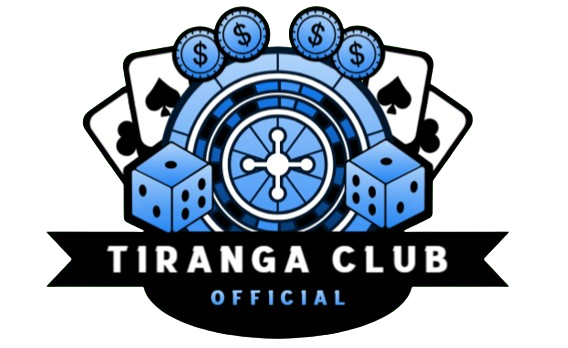Gaming, whether on conventional board games, computer games, or betting games like casino slots and number games, is a field where familiarity with big and small game strategies can make the difference between a hobbyist player and a professional winner. Specifically, among the strategies popularized among players is the Big and Small Game Trick. This strategy revolves around understanding how to play your odds—when to go big, when to stay small, and how to strike a balance between risk and reward.
In this blog, we’ll break down the concept of the Big and Small Game Trick, explore where it’s applied, and offer smart strategies every player can adopt to improve their odds and maximize enjoyment.
What Is the Big and Small Game Trick?
The Big and Small Game Trick is a strategy game in which players can choose between high-risk, high-reward (big) or low-risk, low-reward (small) options. The theory is well understood throughout most forms of gambling, such as:
Dice games (e.g., Sic Bo)
Number-based betting games (e.g., lottery, betting applications)
Casino slot machines
Strategy games or mobile games with resource allocation mechanics
In essence, the “big” game is for when you’re feeling confident or desperate—high stakes, but perhaps high reward. The “small” game is for when you’re playing it safe, being consistent, or gradually building up.

Why This Trick Works
Human psychology plays a gigantic role in gaming. Players are greatly drawn to large wins since they are so exciting, yet high risks can lead to high losses in the long run. The Big and Small Game Trick introduces a better approach by:
Helping players manage risk through smarter bets
Helping players observe patterns instead of playing haphazardly
Teaching players to alter gameplay based on results
Reducing emotional decision-making by sticking to a plan
Smart Ways of Applying the Big and Small Game Trick
Let’s proceed to how you can apply the trick practically and smartly, regardless of the game you play.
- Start Small to Read the Game
No matter the game, begin with small plays. This lets you observe patterns, get used to mechanics, and reduce early losses. In betting or gambling games, it also provides time to research outcomes without burning through your bankroll.
Tip: Play 5–10 rounds or sessions at the small level before making a big bet. Observe your outcomes to observe streaks or trends.
- Use the 3-to-1 Rule
One popular strategy is the 3-to-1 rule: bet three small plays and take one large play. This keeps your play consistent while giving you occasional chances at a large reward.
Example:
You might bet three times for $5 and then take one $15 bet at a game of chance.
This strategy gives you consistent play with little risk while still leaving large winnings as an open option.
In the majority of games, specifically number or dice games, results will appear random, but patterns tend to emerge in the long term. Some players feel lucky by looking at previous outcomes—if “small” has come up repeatedly in a row, then a “big” one might be in sight.
Warning: Do not fall for the gambler’s fallacy. Patterns are an indication, not a guarantee.
- Know When to Switch Gears
The most intelligent players recognize the time to play small and play big—and vice versa. When hot and winning, a well-timed big play can make your winning streak greater. When losses are piling up, you need to cut back and play small until things turn around.
Ask yourself:
Am I playing by reason or by gut instinct?
Do I have a valid reason to believe a big play is called for now?
- Set Clear Limits
For money or fun, playing, always set limits:
Session limit: Rounds or time
Budget limit: The Amount you’re willing to risk or spend
Win/loss limit: The Amount at where you’ll quit
The Big and Small Game Trick works only if it’s coupled with discipline.
Where This Trick Succeeds
While this trick is generally associated with gambling-type games, its principles can be applied anywhere else as well:
Mobile games: Use small resource bonuses early and stash to spend big when they’ll be most effective.
Board games: Have a foundation in place before taking a risky strategic move.
Investment simulations: Hedge small while probing the pool, play large when you understand the system.
The art is not about gambling—it’s about the brain and high-pressure decision-making.
Mistakes to Avoid
Even good strategies go wrong if used incorrectly. Avoid these pitfalls:
Overconfidence: Not because it worked previously, does it have to work each time?.
Impatience: Don’t rush into massive plays without watching out.
Chasing losses: Never recover from an emotionally losing streak by using a massive play.
Ignoring stats: Use data and past performance to decide, not emotions.
Final Thoughts
The Big and Small Game Trick is one of the most practical tricks any player can use if he wants to elevate the level of his game. It teaches you patience, strategy, as well as the value of balance. By following cautious and aggressive moves in alternating order, not only are you protecting yourself from large losses, but also building chances for great gains.
Whether you’re a casual gamer or a competitive player, mastering this trick is all about timing, awareness, and control. Stay sharp, play smart, and you’ll find that even in games of chance, there’s always room for skill.

